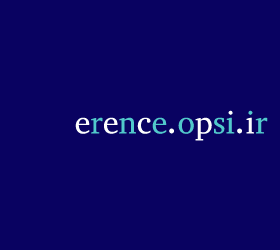Association Mission
Membership
Contact Us
BibTeX | RIS | EndNote | Medlars | ProCite | Reference Manager | RefWorks
Send citation to:
URL: http://opsi.ir/article-1-983-en.html
2- Faculty of Engineering
Abstract- To analyze and simulate passive mode-locked semiconductor laser, delay differential equation-based (DDE) model suggests a powerful mathematic basis. By transforming finite difference travelling wave (FDTW) to delay differential based equations (DDE), the model parameters and as a result the complexity of the simulation significantly decrease. So, DDE model provide a very valuable insight which by using it, transient and steady state behavior of the quantum mode-locked lasers can be simulated in different bias conditions. It is shown that by increasing bias voltage, on the one hand pulse width decreases and on the other hand stability of the pulse decreases dramatically. It is also indicated that by increasing the biased voltage, the range of enhancement factor to have a stable pulsation decreases. As a result, by increasing applied voltage in the absorber section of the cavity, as results show the stability of the pulse decreases substantially, although pulse width decreases. Finally, it can be observed that by controlling unsaturated gain and loss ratio (m) one can engineer to have higher repetition rates or harmonic mode locking. It is shown that by increasing the m to definite values, the laser exhibits harmonic mode locking.
| Rights and permissions | |
 |
This work is licensed under a Creative Commons Attribution-NonCommercial 4.0 International License. |









